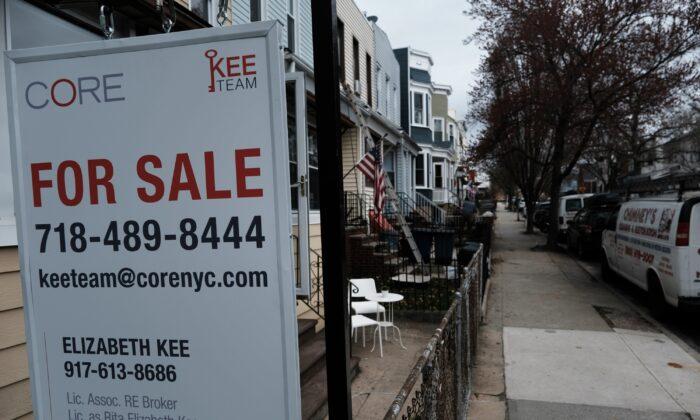Collectively, governing entities across New York state levy more than twice the national average in personal income taxes, according to a recently released study.
On average, governing agencies across New York state derive 15 percent of tax levy revenue from personal income taxes. The national average, according to Pew, is 7 percent.
Governments across New York state also levy more in general sales taxes. Pew researchers indicate 20.8 percent of the state’s tax revenue comes out of the category, compared to the national average of 16 percent.
Property taxes are one area where New York state trails the rest of the country. Pew’s analysis indicates 47.2 percent of the tax dollars collected are from the source, while the national average is 61 percent.
New York state was on par with the rest of the country in the catch-all “other” category, where 17 percent of the taxes come from other sources beyond the big three items. The national average is 16 percent. Alcohol and beverage licenses are some of the examples of other revenue sources.
“The state also imposes a constitutional limit on total property tax revenue in a single year, currently set at 1.5 percent to 2.5 percent of real property value,” Chapman said in the analysis.
Municipal and county governments that exceed the threshold can face consequences when it comes to receiving disbursements from another key income source—financial contributions from the state.
“If a locality exceeds the limit, the state withholds its aid payments to the locality by the excess amount,” Chapman said. “Since the limit depends on property values, it fluctuates with the local housing market, meaning a downturn in values can push a community closer to its limit.”
The various taxing structures in place across New York state were a talking point early this year when Gov. Andrew Cuomo and the legislature hammered out a 2021-22 budget.
Peter Baynes, executive director of the New York state Conference of Mayors and Municipal Officials, called on lawmakers in Albany to work with city and village representatives as federal stimulus funds and other sources are funneled to the local level.
Cuomo and the legislature also touted the adopted 2021-22 budget and the tiered taxing structure that drew sharper lines between high-income earners and residents in other brackets.
Top-level state politicians have largely focused on the reductions to middle- and low-income earners, rather than the people facing hikes at the top of the spectrum.





